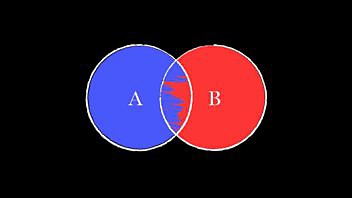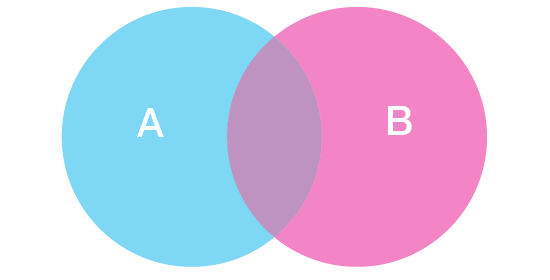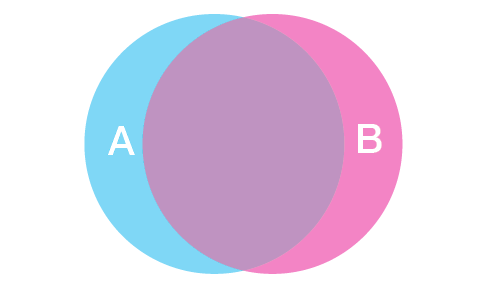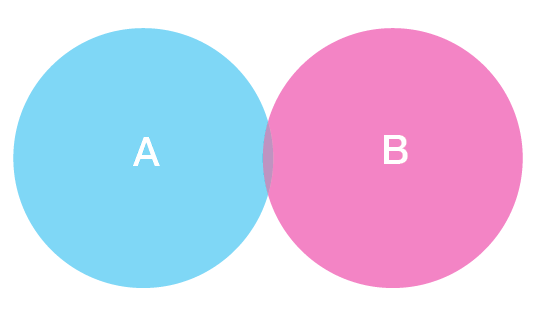Marketers are instinctively inclusive. Our default is to set our crop-sprayer on the widest possible setting, covering the largest possible audience for everything we do.
But content marketing is different. The best content marketing tends to be narrowly targeted, focusing on a very specific audience. That’s how we maximise relevance, earn downloads and reward engagement.
Of course, there’s no need to be too narrow. and if a single piece of content can cover more than one target audience, why not go for it? It saves time and money and raises your Return on Content. Unfortunately, it’s not always a good idea to try to kill two birds with one content stone. In fact it’s rarely a good idea. Here’s why:
Different people ALWAYS have different perspectives, agendas and issues
- A board member has a different view of the world than a junior manager (where seniority is the dimension of differentiation)
- A test engineer has a different set of challenges than a sales director (the target’s discipline is the dimension)
- A hospital administrator cares about different things than a high school administrator (market sector)
- An existing customer has a different view of you than a cold prospect (degree of familiarity with your company)
- A Chinese manufacturer has different concerns than a French one (region)
Pick almost any meaningful dimension and you’ll find your prospect base starts to divide itself up along that spectrum.
The key questions are:
— How important are these differences in the context of the story you want to tell?
–– What are the penalties for addressing more than one target audience in the same piece?
Let’s go to the whiteboard please, Janice.
Here are two targets – Persona A and Persona B.
They have some things in common but lots that are not shared:
You’ve got a few options for targeting A and B with content:
- Aim for the common ground– keeping your story in the lavender zone; this is good if that zone is still compelling enough to both A and B. The downside: you’re often forced to leave out really good parts of your A story or your B story.
Tip: Signal the scope of the piece in the title and the introduction, then tell people up front who it’s for and why: “This piece is for A and B — we know you’ve got a lot of differences but here’s what you have in common and why this piece is great for you.”
- Try to tell the whole A + B story– signalling to the reader that ‘this bit applies to A’ and ‘this bit applies to B’. The downside: B people get bored during the A bits and vice gets bored during the versa.
Tip: Sidebars that clearly signal “Hey Mr A! Read this bit!” can help you balance your agenda without boring the pants of of one target or the other.
- Do a piece of content for A and another for B– This lets you tell your best story to each audience. The downside: it costs more and takes more time.
Tip: Use broader, more generic content to buy time while you develop your targeted, persona-specific stuff.
Of course, it’s great if your target audiences have a lot more in common, so the middle ground contains most of your goodies:
But sometimes, you cant fake it. Your two targets have so little in common that almost every paragraph contains a fork in the road and every sentence needs a conditional:
B2B Content Relevance & Alienation
There are two tests to help determine if the piece you’re developing really ought to be two pieces:
The Relevance Test – lumping two audiences together means each will have to wade through things that are not relevant – that’s a negative experience and can lose readers.
How much of your content is actually irrelevant to A or B? Can you make it relevant by explicitly building bridges? If a third of your content has no relevance or resonance for one target or the other, it’s probably time to split the piece.
The Alienation Test – Even if there’s lots of common ground, a single message that’s gold dust for A can be a major turn-off for B. One example: when marketing some kind of media (trade show, magazine…) one audience (the exhibitor or advertiser) is selling to the other (the visitor or reader). In this case, talking all about how the former will enjoy a ‘captive audience for your sales team’ will be perfume to A and skunk juice to B.
Is there any important message to one audience that will actually alienate the other? These need to be managed carefully — and lumping both targets together is rarely the answer.
Of course, sometimes — like on the home page – you have to address the issue and find the most compelling common ground. But if there are significant relevance or alienation issues, you want to stream people off of that common ground home page as quickly as possible so you can look them in the eyes and sell to them without fear.
Why this matters
As a reader, you know when you’re reading a great piece of content: it seems to almost have your name on it. It’s aimed at a spot right in the middle of your forehead. It uses the language you use to describe the challenges you face in terms you recognise.
You also know when a piece is not quite aimed at you. It uses unfamiliar language; is pitched at the wrong level (too techie, not techie enough); talks about problems you haven’t experienced and skips over ones you have.
The penalties of badly targeted B2B content marketing
Making a piece to target two different audiences forces some bad things to happen:
— You’re forced to use generic language – instead of language that’s specific to one of the audiences.
To a hospital administrator, “increase asset utilisation” is a bore, but “double your operating room throughput” resonates. But you can’t say that if you’re also targeting high school administrators with the same piece.
— You talk about abstract ideas – instead of concrete realities.
To a marketing director, ‘improve process efficiencies’ is ho-hum jargon while ‘get more campaigns to market faster’ is lean-forward stuff.
— You’re forced to ‘couch’ your killer messages – instead of letting them fly.
‘For people like A, this widget halves costs and for people like B it’s doubles revenue.’
‘Finance guys love it because it saves money; engineers love it because it improves performance.’
Yuk.
The Bottom Line
(because all lines have bottoms have and all bottoms, alas, have their lines):
Non-specific, abstract, couchy talk sucks. While specific, concrete and direct talk moves mountains and blows away molehills.
‘All things to all people’ results in boring work. While relevant points told in familiar language feels ‘just for me’.
Great content hits people between the eyes. And mediocre content falls at their feet with a pffffttt.
The time to discover which of the two piles your next piece of content marketing falls into is at the outline stage – where the problem will leap off the page and kiss you full on the lips (but in a bad way). That’s reason enough to always do an outline stage.
The Reco: do occasional broad-brush content marketing but, as a rule, do more pieces and make each one highly targeted, with a persona so clear you can talk to it.
How about your own experiences? Any pieces you wish you had split into two or three? Any that spanned different audiences but worked just fine?
We’d love to hear about it.

Enjoyed this article?
Take part in the discussion











Comments
Bob Scheier December 12th, 2011
Amen, amen, amen. Why not create different content aimed not only at your various personas, but where each persona is in the buying cycle (just learning about XYZ, considering different XYZ products, figuring out how to cost-justify XYZ products, etc.) Using marketing automation software, their choice of content thus tells you who they are. In short: celebrate and exploit the difference, don’t try to paper over it. Two minute video explainer (from the last recession 🙁 http://www.youtube.com/watch?v=vDc4a-xB7Yo
Doug Kessler December 13th, 2011
Thanks Bob — and thanks for the video link.
It’s a good point. You can get target audience clash by targeting prospects in two or three different parts of the buying cycle.
Often better to snap them off and address them one at a time.